Screws are fasteners that can directly cut into materials and form internal threads without pre-drilling.
Key features:
Point Design: Typically equipped with sharp conical or drill-tail points to facilitate material penetration and minimize the need for pilot holes
Thread Geometry: Characterized by deep, widely spaced threads with strong cutting capabilities, enabling self-threading in plastics, thin metals and other materials
Typical applications:
Fastening color-coated steel plates, light steel keels, and insulation materials
Assembling wooden and plastic components (e.g., cabinets, electrical enclosures)
Securing automotive body panels and circuit boards (requires anti-static treatment)
Installing fences and billboards (requires waterproof or high corrosion-resistant screws)
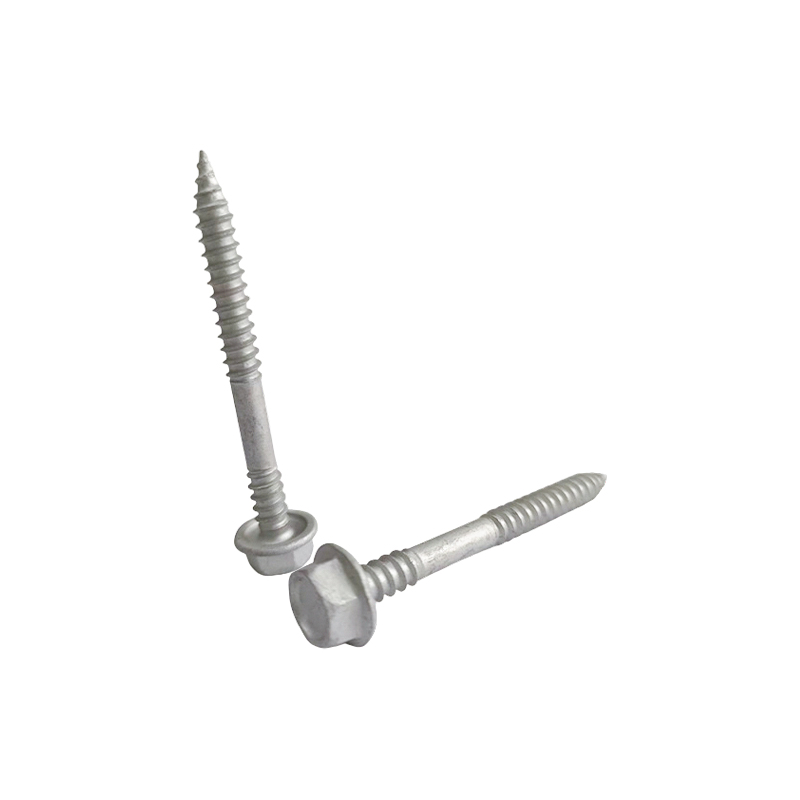

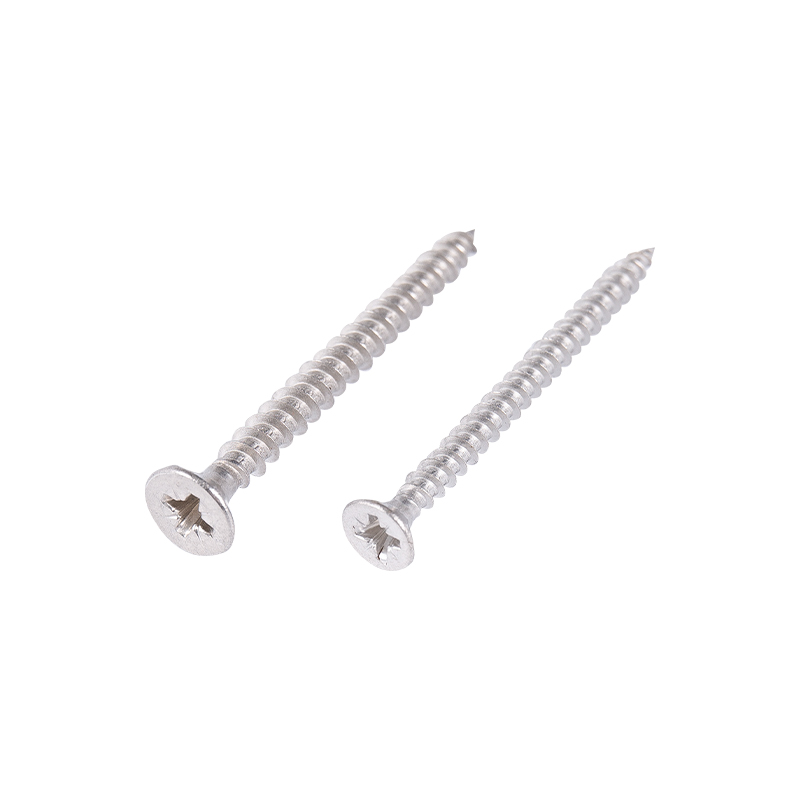
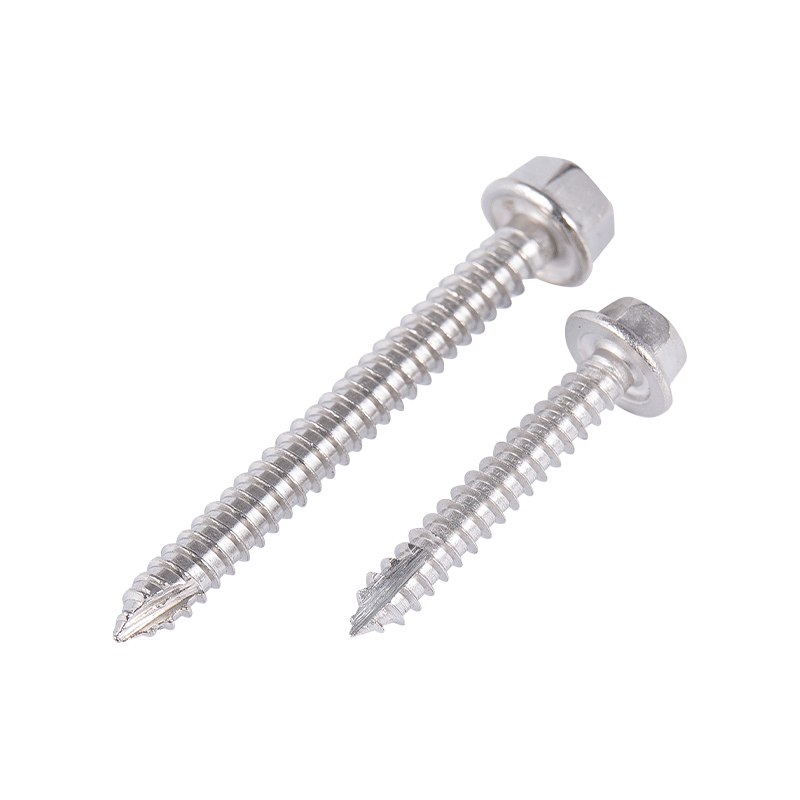
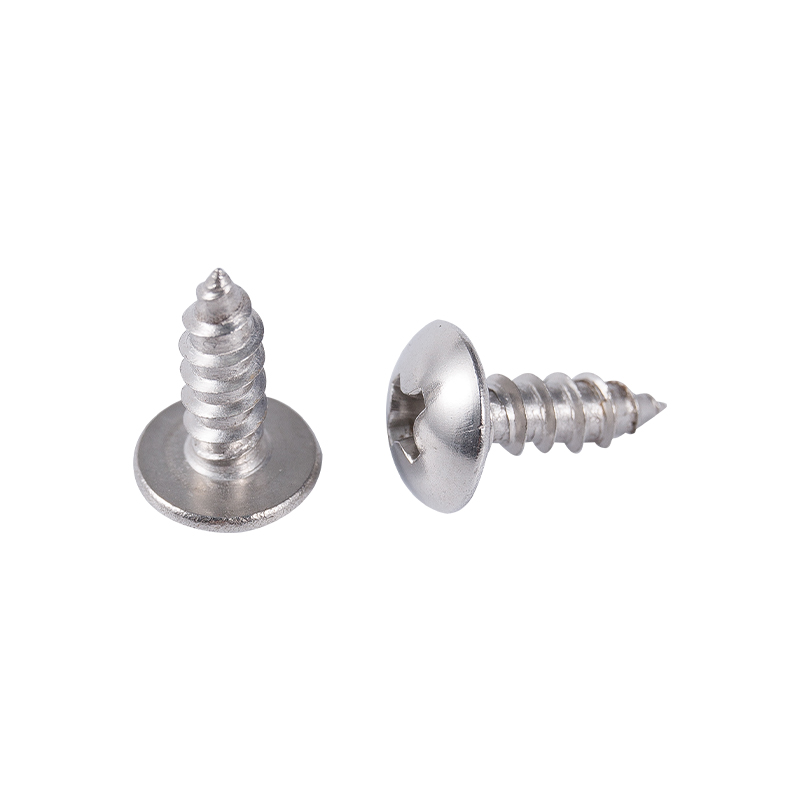
Founded in
Covered area
Manufacturing equipment
Number of employees
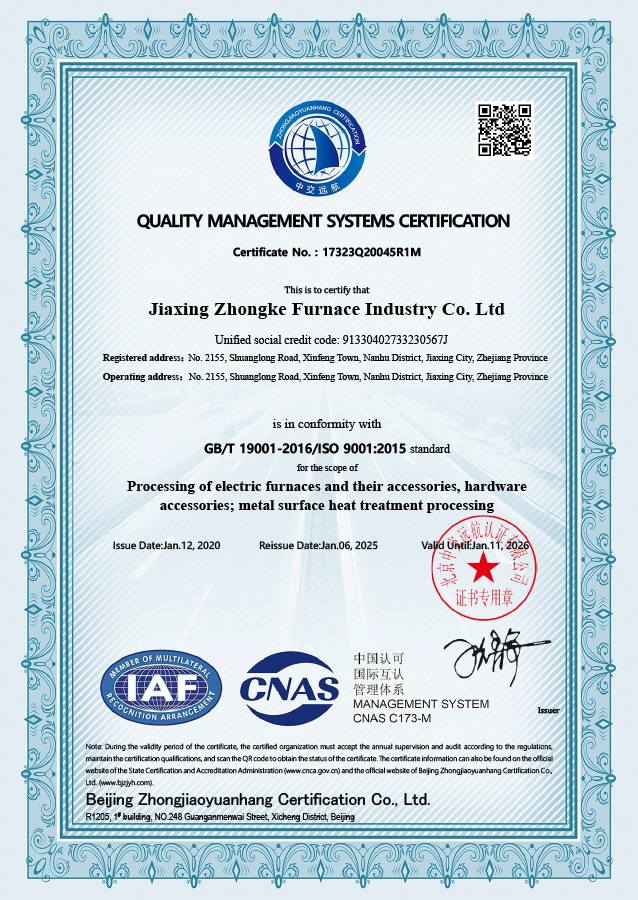
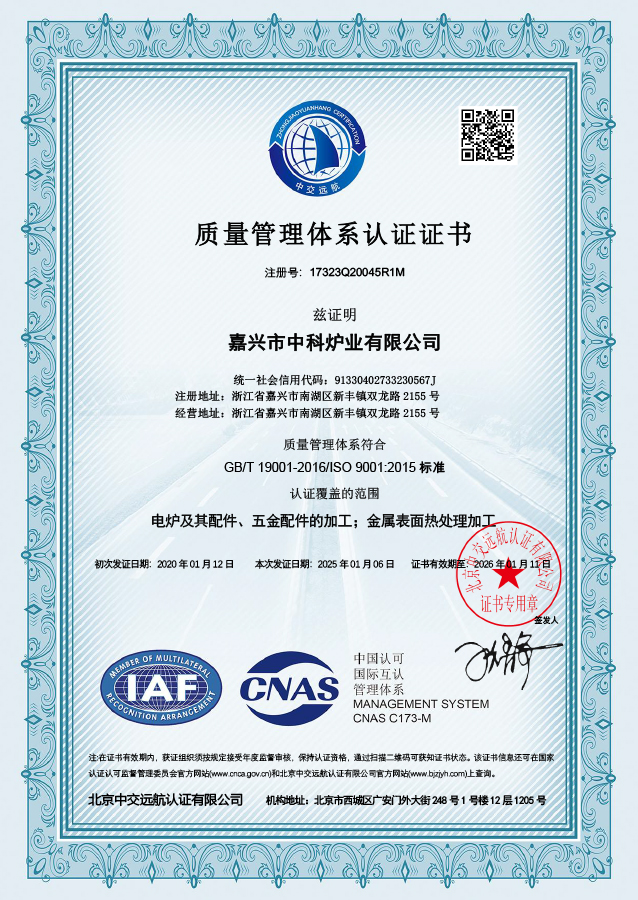
What Are Stainless Steel Nuts and How Do They Work? Stainless Steel Nuts are fasteners made from sta...
View MoreWhat Are Self Drilling Screws and How Do They Work? Self Drilling Screws are specially designed scre...
View MoreOverview of Product Design and Function The countersunk head self-drilling screws represent a signif...
View MoreThe Core Functionality and Design Advantages of Flat Tail Self-Tapping Screws Unique Self-Tapping Lo...
View MoreUnderstanding Wood Screws: More Than Just a Fastener Wood screws represent a significant evolution i...
View MoreMaterial and Size Variations Pan head machine screws are offered in a remarkable range of materials ...
View More1. The mechanics art of drilling tail structure
Precision calculation of cutting angle
The industry-leading manufacturer uses a dynamic angle system of 15°-25°, a fluid mechanics-proven design that reduces the initial penetration resistance of 304 stainless steel plates by 40%. When high-density materials are attacked, the adaptive cutting angle can automatically optimize the stress distribution based on real-time resistance, which is an intelligent penetration characteristic that ordinary drilling tail cannot achieve.
Fluid dynamics of chip removal systems
Modern spiral chip removal tanks have developed multiple generations of evolution: the first generation linear trough only solves the basic chip removal needs; the second generation curve trough realizes directional guidance of chips; the current third generation vortex-current trough integrates aerodynamic principles, producing a negative pressure adsorption effect during high-speed rotation, completely solving the chip backfill problem in metal processing. This design reduces the residual amount of processing debris of the aluminum alloy substrate to below 0.3 mg/cm².
Phase control of step-type guide
The breakthrough four-stage lead design breaks down the penetration process into: initial puncture stage (fast cutting of large lead), material taming stage (moderate lead plastic deformation), stress balance stage (variable lead release of internal stress), and final locking stage (micro lead forming mechanical interlock). This design increases the interlayer peel strength of carbon fiber composite materials by 2.8 times.
2. Collaborative innovation in materials science
For different substrate characteristics, professional-grade Custom Stainless Steel Self Tapping Screws Manufacturers has developed a series of solutions. For example, when Jiaxing Zhongke Metal Technology Co., Ltd. treats low-carbon steel plates, the triangular drill tail and zinc-nickel alloy plating can form a metal cermet transition layer, significantly improving wear characteristics. Faced with the viscoelastic challenges of engineering plastics, the use of obtuse angle cutting edges combined with polytetrafluoroethylene impregnation process can eliminate more than 75% of the thermal deformation risk. In marine environment applications, the combination of 316L stainless steel substrate and closed spiral grooves reduces the chloride ion corrosion rate to a new industry benchmark of 0.001mm/year.
3. Scenario-based design: a breakthrough from standardization to customization
Self-Tapping Screws factory's competitiveness is not only reflected in general products, but also in customized drill tail innovation for segmented scenarios. Typical optimization paths include:
In the field of automobile manufacturing, traditional self-tapping screws may cause damage to electronic components due to static electricity caused by friction when installing automotive circuit systems. To this end, Jiaxing Zhongke Metal Technology Co., Ltd. developed a conductive drill tail, using copper alloy coating (conductivity ≥50% IACS), and designed a serrated structure at the tip to release static electricity instantly.
In the field of insulating materials, for low-density insulating materials such as polystyrene (EPS) insulation boards and FRP composites, traditional drilling tails are likely to cause material fragmentation or excessive holes. The factory adopts a blunt-head drilling tail + guide thread structure, with the tip diameter 0.1-0.2mm larger than the outer diameter of the thread. Installation holes are formed through extrusion rather than cutting, and at the same time, shallow threads (pitch 1.2-1.5mm) are used to reduce the risk of material tearing.
The iterative upgrade of drill tail design is essentially the Self-Tapping Screws factory's continuous pursuit of "efficiency and reliability". From the innovation of basic conical structures to spiral/triangle drilling tails, from a single material to a full range of stainless steel solutions, the Chinese factory is redefining the performance boundaries of self-tapping screws through technological integration and scenario-based R&D.